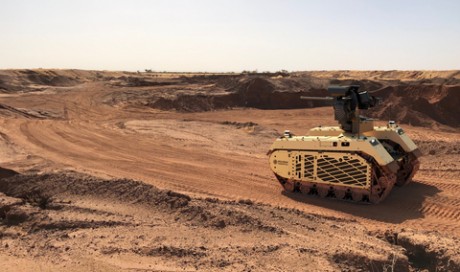When a government in any country is asked about why its unemployment statistics are getting worse, especially among young people and graduates, there is usually a stock reply: “We have a financial resources crisis. The liquidity available is low and barely enough to finance the purchase of basic imports, such as food and fuel, etc. We also have no funds to build factories and projects that might provide jobs for millions of young people.”
Some governments add that they are suffering from a severe economic crisis, a large deficit in the public budget and fixed financial commitments, such as wages, subsidies and loan repayments. This hinders any economic development plans that would otherwise result in more jobs and reduce the number of those who are unemployed and job seekers, even if the jobs are not compatible with their qualifications, experience and education.
However, what about a government that possesses the financial means, has a huge cash flow and sees billions of dollars going into its treasury annually? One that has economic projects and activities sufficient to absorb the labour force and even requires foreign workers to cover the deficit in human resources? It surely could not have any justification for its unemployment rate to be higher than that of poor or underfunded countries or those without natural resources. Could it?
Think again. Saudi Arabia is one such country, with high unemployment despite its abundant wealth. In fact, it has enough wealth not only to provide employment for two million unemployed of its own citizens, but also opportunities for all Arab youngsters.
As the largest country in the world in terms of its foreign currency reserves, Saudi Arabia possesses about $500 billion. This is a sum rarely available in a non-G8 or developed country and is enough to finance giant projects across all sectors.
The Saudis are also the largest oil producers in the world with a production capacity of more than 10 million barrels per day. More than $550 million enters its treasury daily, assuming that the price of oil is $77 a barrel and that the Kingdom exports 7.25 million barrels every day.
It is hard to understand that a country with this huge financial and oil potential still has an unemployment rate of 13 per cent, according to the Kingdom’s own statistics authority. More than a million Saudi citizens are looking for jobs and cannot find them, despite the fact that 47 per cent of unemployed Saudis have had a high school education.
It has record unemployment rates despite the fact that about 242,000 Arab and other expatriates have left its labour force during the first quarter of this year alone. More than 500,000 expatriates left Saudi Arabia in 2017. They are leaving because of the “hell” of high school fees, the burden of high living expenses and increases in the prices of basic essentials.
The unemployment crisis in Saudi Arabia is not a crisis of financial resources at all. With billions of dollars in resources available, it is a crisis of mismanagement. The most prominent feature of this is the failure of the “Saudisation” policy and a failure to persuade the private sector to employ citizens rather than expatriates.
...[ Continue to next page ]
Share This Post















